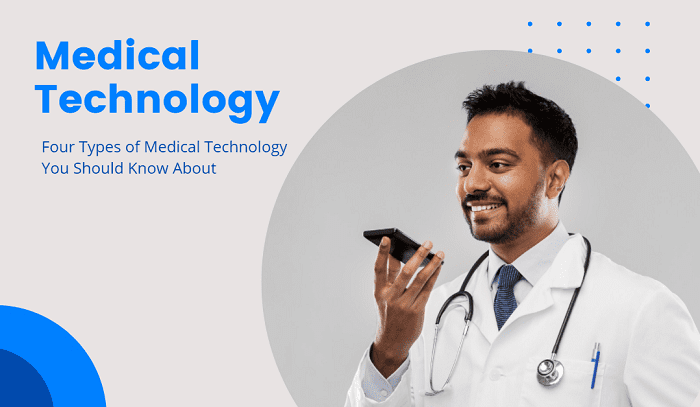The world of medicine has changed the way we take care of ourselves and others, especially with the world re-thinking standard operating procedures post-pandemic. From using plants and herbs as treatment to analyzing microscopic organisms under a microscope, medical technology will only continue to advance. Here are four types of medical technology you should know about and how they’ve evolving.
Tricorders
Tricorders are a type of device that measure a patient’s vital signs while simultaneously giving out minor diagnoses. It’s based on the device in the popular TV show known as Star Trek. You mainly see this type of technology in the ER or doctor’s office. But thanks to modern science, tricorders have actually become portable. The goal of this device is to allow people to monitor chronic conditions using an in-depth diagnostics database.
Pacemakers
A pacemaker is a piece of medical technology that is pretty common to this point. It’s used to help regulate a person’s heartbeat to keep arrhythmias from occurring. By sending out electrical impulses to heart, it keeps it in a normal rhythm. And while traditional pacemakers still work effectively, newer models are compatible with Bluetooth-operated apps. This gives both patients and doctors better insight into its functionally and how effectively it’s working.
If you’re diagnosed with a cardiac condition but your insurance doesn’t cover all the cost, taking out a personal loan from a private lender can help. Utilizing personal loans can be used to purchase just about anything you need, including a pacemaker. In addition, private lenders can usually offer better rates as well as repayment terms.
Telemedicine
Telemedicine, or virtual consults, allows medical professionals to evaluate and give patients a proper diagnosis via online communication. Telemedicine is like a virtual visit with your physician. During the height of COVID, telemedicine became the norm, giving both patients and their doctors a peace of mind. And even though the situation is improving, telemedicine is here to stay. We’ve seen that many medical problems can be treated virtually. This not only reduces overcrowding in waiting room, but also reduces the risk of spreading both COVID and other air-borne illnesses.
Using telehealth technology also offers emotional and psychological support to those in need as well. Even though the stigma mental health issues are no longer taboo, there are patients who still feel awkward at in-person visits. Telehealth gives those patients the privacy they need to focus on themselves and recovery.
Drug Development
COVID-19 is now one of the deadliest pandemics in history. So much so, that researchers were able to create not one, but three different vaccines for it in less than two years. Most vaccines are developed over the span of at least 10 years with gradually positive breakthroughs. And that’s not counting the amount of time it takes for it to be approved by the FDA. This can also take several years for final approval. However, it’s because of the development of COVID-19 vaccines that drug development for other diseases, both known and possibly unknown, may be created more efficiently.

































